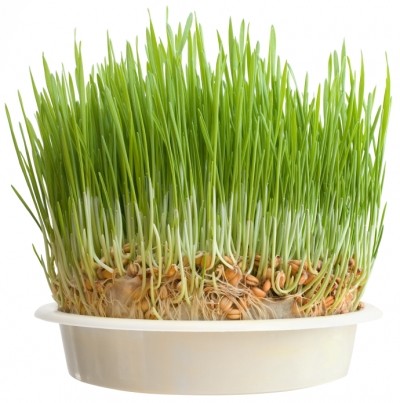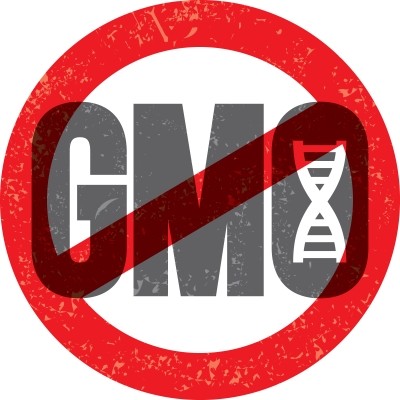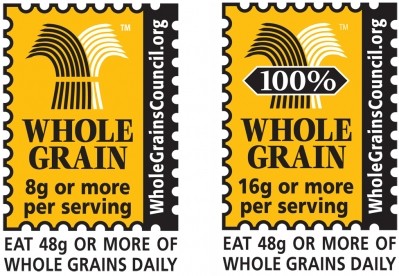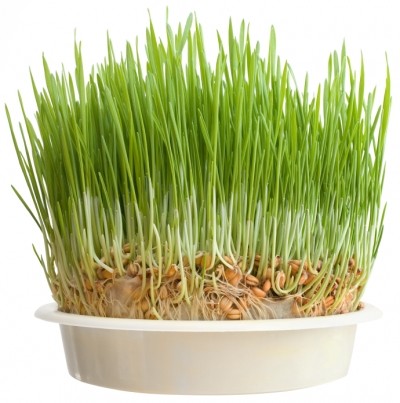Wheat breeding expert Brett Carver addresses Baking Tech 2014
‘Glutenoia’ and overblowing biotech: Wheat breeding expert debunks industry’s biggest myths
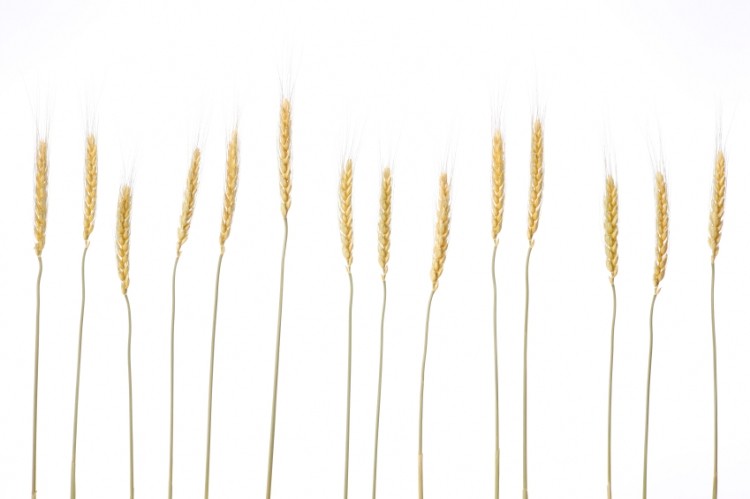
Speaking to attendees of Baking Tech 2014, held this month in Chicago, Carver said that myths relating to wheat and its breeding ranged from fear of GMOs and gluten (glutenoia), to a lack of understanding about wheat's protein content and history.
Mutation (in nature) is why we have modern wheat
'New' wheat as we know it today is roughly 8,000 years old, Carver said, noting that it formed as a result of two genetic mutations that occurred naturally (and by accident). “Modern wheat is the result of two unlikely miracles by nature that started 300,000 years ago. What would the Food Babe [activist food blogger Vani Hari] think if this happened today?” he quipped, noting Hari’s popularized anti-GM platform.
In the first mutation, two ancestors of wheat — A- and B-genomes — hybridized in nature to form T turgidum (AB), which produces durum wheat. The second key mutation occurred almost 200,000 years later, when cultivated emmer wheat hybridized with a goatgrass plant, A tauschii, to produce T aestivum (ABD), forerunner to modern common wheat.
“It was highly accidental, and thank goodness it happened. It was the result of genetic changes happening both through evolution and domestication. Humans used plants in different ways to force evolution.”
'We need more time on yield, less on disease resistance if going to get anywhere in this game,' Carver said
The practice of wheat breeding is still in its infancy, with early crosses starting in the 1920s. Two basic methods are used to produce new varieties: creating new combinations of old genes and reintroducing old genes that were left behind. Wheat varieties are produced using four steps: crossing (hybrid), population development (inbreeding phase), line development and line testing.
The challenge, Carver said, lies in improving time management in the breeding process—particularly when it comes to disease resistance.
“About 40% of my time and effort goes into disease resistance. Because I spend so much time on this part and I spend 30% on quality, less than 10% of my time is actually spent on the traits that we’re always measured by. That to me is a real conundrum,” he said. “We need more time on yield, less on disease resistance if going to get anywhere in this game.”
‘If there’s one thing we give too much credit to in breeding, it’s GMO’
One of the biggest misconceptions about wheat is largely the fault of growers and researchers. And it has to do with likely the most hot-button issue of the food industry that scarcely touches wheat: GMOs.
“One myth within our own ranks that’s starting to cause miscommunication is that though wheat yields have grown, their increase has lagged behind corn and soybean. And the difference in competitiveness is due to absence of biotech traits in wheat,” Carver told attendees. “No. If there’s one thing we give too much credit to in breeding, it’s GMO. We’re giving it too much credit for the past and too much faith for what it might do in the future. GMO is just one of a lot of technologies. Improvement in wheat yields at the farm level exceeds soybeans. Progress in rice outpaces all cereals with no GM presence at all.”
Another area that often breeds misconception is protein content in wheat, which some claim has degraded over recent decades. “People don’t understand; protein content in wheat has been pretty stable. We have found no change in protein content or strength across 80 years of breeding, but that’s not what you will hear in popular media,” Carver said.
About 80% of the protein present in a wheat kernel is gluten—another topic that has been the source of much attention (and misapprehension), Carver said. Gluten comprises two main proteins: glutenin and gliadin. “We know a lot as far as what proteins might be present in different wheat varieties. What we don’t know is how those different components impact product quality,” he said.
Because there are so many possible combinations of glutenin genes (there are four types, with 28 present in hard winter wheat alone), it’s hard to nail down which have to do with dough strength, for example. Gliadin proteins, on the other hand, are encoded by genes closely linked to and carried along with glutenins. “We think gliadins confer something on dough viscosity and extensibility, but in very general terms,” he added.
Wheat gluten is the most important plant-based protein human civilization has ever had
One of the most persistent myths is so-called glutenoia, fueled by a now common misnomer that all modern wheat varieties are gluten-rich and less natural.
“I’m amazed that when I get close in conversation, what I’ll often hear a person in fear of gluten say is they want to get more vegetable protein,” Carver said. “You can’t get more natural than wheat gluten. It’s the most important plant-based protein human civilization has ever had.”
Moreover, there are no new proteins that weren’t already there before in the wheat family, he added, noting that environment plays an even bigger role in protein levels than genetics (and can even influence the types of gliadins and glutenins present).
“There’s no genetic association between yield and wheat protein. The argument that all modern varieties are gluten rich disregards the wheat market class system,” Carver said. “The range of protein in wheat today is about 8% up to 16% or more with hard spring. On top of that is the fact that environment influences the protein amount in the final crop twice as much as genetics.”
Indeed, few differences exist between heirloom varieties and modern wheat, largely due to the conservative nature of genetics. “This has been the problem in using genomics for breeding. There’s so much conservation in the genomics of wheat,” he said.
